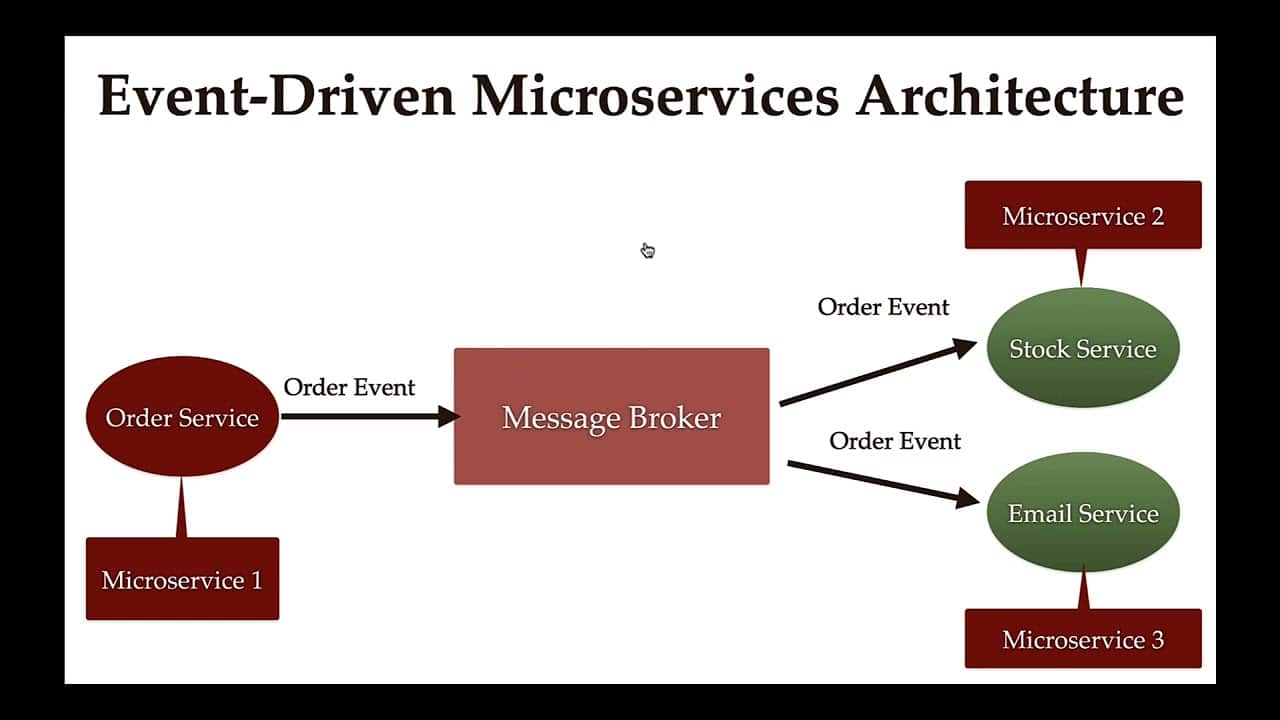Event-driven architecture (EDA) is a software architecture pattern where an event, or occurrence, within a system brings about a response in another part of the system. This response triggers a certain action to occur. EDA is a way of asynchronous programming that requires publishers, subscribers and an event mechanism.
Publishers are responsible for producing and sending out events to the system. Subscribers are on the other end, receiving and consuming the events. The event mechanism is the means of communication between any of the components of the system.
One of the more popular implementations of EDA is publish–subscribe, which is a messaging pattern where data is sent from the publisher to designated subscribers without any knowledge of which components are listening.
EDA provides an easier and more efficient way of creating complex, distributed software systems. Prior to EDA, many software solutions contained tight coupling between the components, which can introduce various problems such as code complexity and maintenance difficulties. With EDA, components can be independent and changes between the components, or systems, are done more quickly and with less difficulty.
In today’s digitally-focused world, EDA is being utilized more and more. With the aid of EDA, companies are able to quickly send and receive notification regarding anything from banking transactions to vehicle diagnostics.
From a cybersecurity standpoint, EDA is beneficial because it helps reduce security risks since the components are decoupled and events are not transmitted directly from component to component. With increased decoupling, security attacks can be more easily detected and blocked. As EDA continues to be implemented, more and more organizations are creating improved security protocols and procedures to protect systems from insider and external threats.






